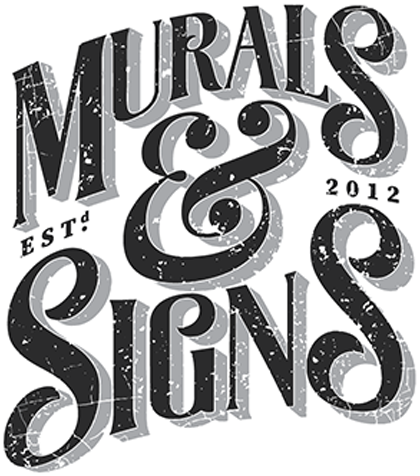In today’s fast-paced world, capturing attention is a challenge. Whether you’re running a business, organizing an event, or promoting a cause, the design and layout of your signage play a crucial role in conveying your message effectively. A well-thought-out sign layout can significantly enhance visibility and readability, making your message stand out amidst the noise. In this article, we’ll explore expert tips to help you create signs that grab attention, convey information clearly, and leave a lasting impact.
Importance of Signage in Communication
Signage serves as a silent yet powerful communicator. It’s often the first impression people have of your business or event. A poorly designed sign can lead to confusion and missed opportunities, while a strategically crafted sign can instantly convey your message and build a positive impression. To maximize the impact of your signage, consider the following layout tips.
Choose the Right Typeface and Font Size
Selecting the right typeface and font size is fundamental to the readability of your sign. Keep in mind that readability varies based on the viewing distance. For signs that will be seen from a distance, such as roadside billboards, opt for bold and clear fonts. Sans-serif fonts like Arial or Helvetica are often preferred for their clean lines. Additionally, ensure that the font size is large enough to be read comfortably from the intended distance.
Prioritize Contrast and Color
Contrast is a powerful tool for enhancing visibility. High contrast between the background and text ensures that the message is easily distinguishable. Dark text on a light background or vice versa works well. When choosing colors, consider your brand identity while also keeping in mind color psychology. Red, for instance, signifies urgency, while blue evokes trust. However, ensure that your color choices are consistent with your branding to maintain a cohesive visual identity.
Embrace White Space
A cluttered sign overwhelms the viewer and hampers readability. Incorporating white space—empty areas without text or graphics—helps the viewer’s eyes focus on the essential message. White space also adds a sense of elegance and professionalism to your sign. Don’t be afraid to let your message breathe by keeping unnecessary elements at bay.
Optimal Information Hierarchy
An effective sign layout should follow a clear information hierarchy. Place the most critical information, such as your main message or event details, at the top of the sign, where it’s immediately visible. Use larger fonts or bolder typefaces to emphasize key points. As you move down the sign, provide supplementary details in a progressively smaller font size. This ensures that viewers can quickly grasp the primary message even if they only glance at the sign.
Design Elements for Maximum Impact
Apart from typography and color, the overall design elements of your sign significantly impact its visibility and readability. Consider incorporating the following design principles into your sign layout.
Strong Visual Cues
Icons, images, and symbols can convey meaning quickly, making them essential for enhancing sign readability. A recognizable icon can represent an action or idea more effectively than text alone. For instance, a fork and knife icon can symbolize a restaurant, eliminating the need for lengthy text explanations.
Directional Flow
Guide the viewer’s gaze through the sign with a thoughtful directional flow. Use arrows or lines to lead the eye from one piece of information to the next, ensuring that the message is absorbed in a logical sequence. This technique is particularly useful for signs that provide step-by-step instructions or sequential details.
Incorporate Branding Elements
Maintaining consistent branding across all communication channels is crucial for recognition. Include your logo and other branding elements in the sign layout. However, ensure that these elements don’t overshadow the main message. Position them strategically without compromising the sign’s overall readability.
Testing and Iteration
Creating an impactful sign layout often involves experimentation and refinement. Before finalizing your design, consider conducting usability tests. Gather feedback from potential viewers about the readability, visual appeal, and message clarity of the sign. Use this input to make necessary adjustments and improve the layout.
Mobile-Friendly Considerations
In today’s digital age, many people view signs through their smartphones as they pass by. Ensure your sign layout is mobile-friendly by using large fonts, clear graphics, and a responsive design. Test how the sign appears on different devices to guarantee optimal readability for all viewers.
Conclusion
Creating a sign layout that enhances visibility and readability requires careful consideration of typography, color, design elements, and information hierarchy. By prioritizing these aspects and iteratively testing your design, you can craft signage that effectively communicates your message, captures attention, and leaves a positive and lasting impression. Remember, the art of sign layout is a dynamic process that combines design expertise with a deep understanding of your target audience’s needs and preferences. With these tips in mind, you’ll be well-equipped to create signage that not only stands out but also resonates with your audience on multiple levels.
